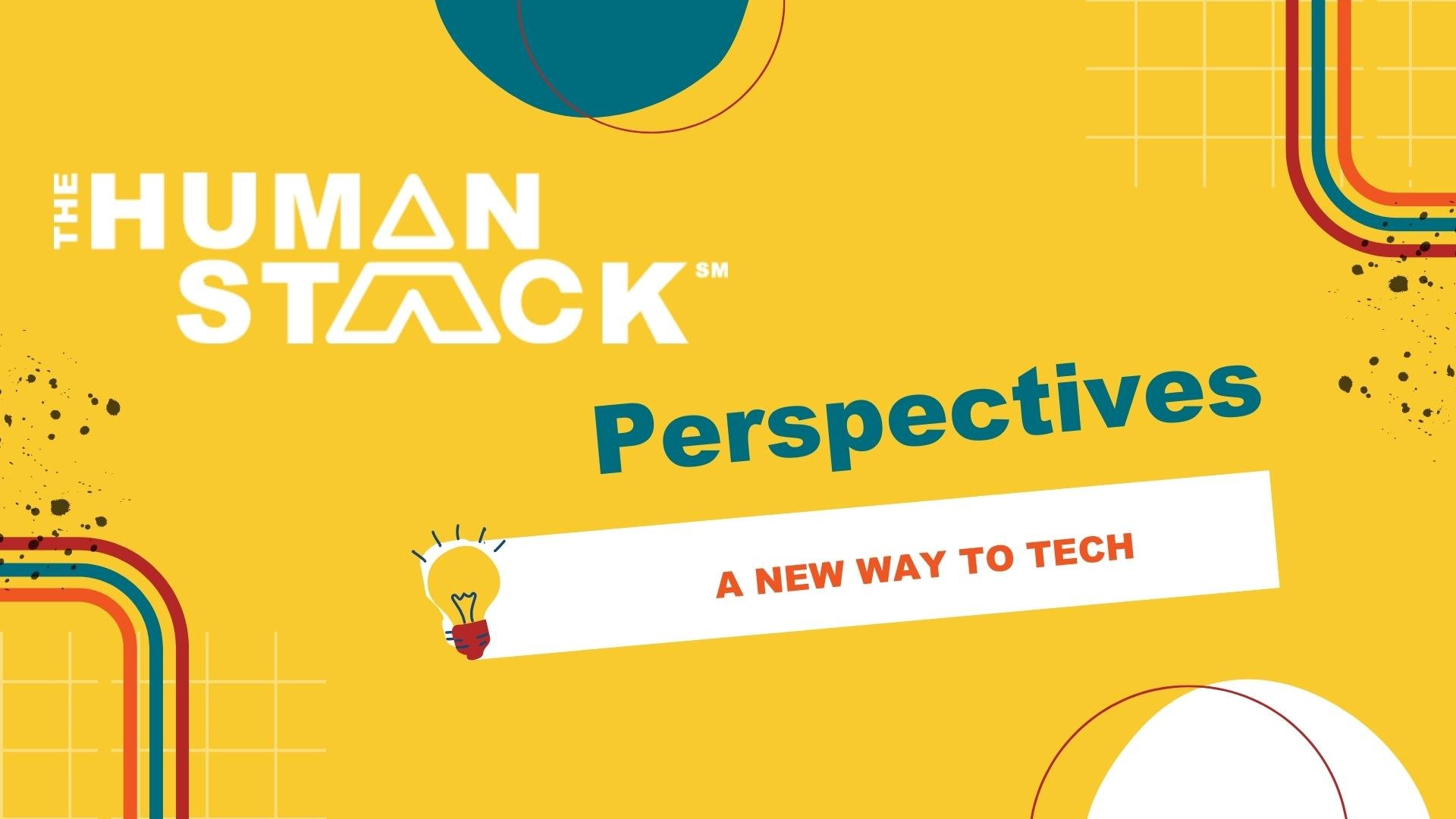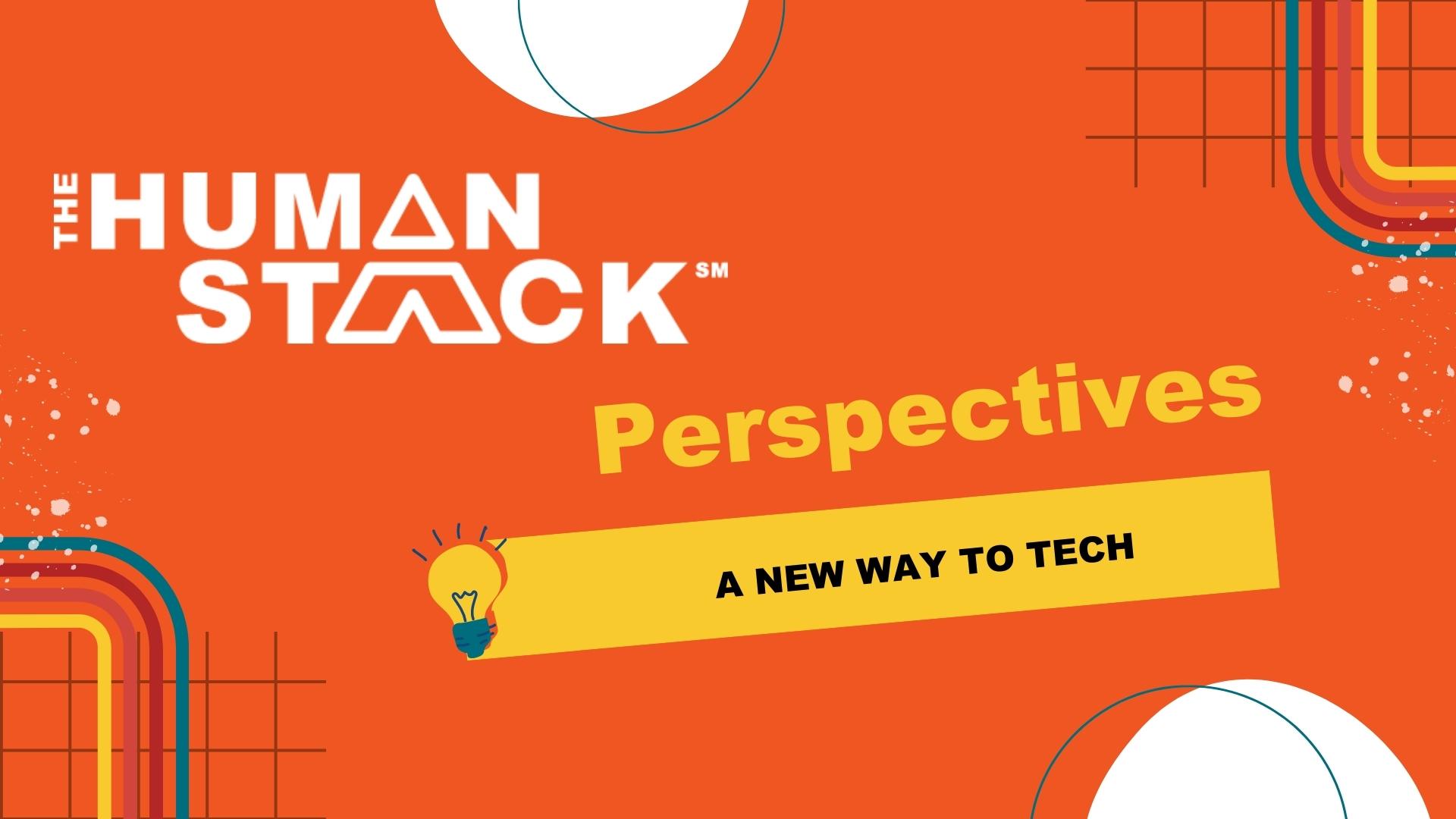There are many facets of running a nonprofit organization that rely on a highly functioning CRM system. As a nonprofit leader, your top priority may be tracking progress toward achieving your goals in a variety of areas:
- Donation management
- Online donations
- Grant tracking
- Marketing automation
- Program management
- Analytics
- Impact management
Can I tell you a secret, a combination of those last three is my favorite. Being able to streamline program management, accurately track services, and determine the real-life impact of your programs? More of that please!
Salesforce.org Program Management Module
In May Salesforce.org released the Program Management Module, "a standard framework for NGOs to track Programs, Services, Constituents’ or Cohorts’ Program Engagements and Service Delivery and extract meaningful outputs data." If you have not had the opportunity to check it out, now is the time. PMM is built on the Nonprofit Success Pack (NPSP) and it may provide your organization with the perfect foundation for measuring the social impact of your programs.
Many nonprofit leaders, whether they are using PMM or another means for managing programs, are also needing a framework for monitoring and evaluation that will pass muster for government funding and meet donor requirements. Where should you start? Here are 4 Steps for Getting Started with Measuring Social Impact!
Step 1. Start with Identifying your Goals and Actions
There is often a strong temptation to start with the technology. While this is understandable, our recommendation to nonprofit leaders is that they start in a different place: with getting crystal clear on goals and actions. Once you have your goals and actions identified, then you can apply a time-tested framework and dig into setting up your technology.
Step 2. Choose a Standard Framework
Once you've identified your goals and actions, it's time to choose a framework. USAID has a specific methodology for monitoring, evaluation, and learning. Excellent resources are available at no cost in their Learning Lab, including their Monitoring Toolkit and Evaluation Toolkits, Results Framework, and Logical Framework.
The Results Framework includes clearly identifying:
- A goal statement - Identify your top-level goal. What are you trying to accomplish. This is often the realization of a Sustainable Development Goal
- Development objectives - Your goal statement might be wildly ambitious. Your development objectives are more bite-sized and actionable. According to USAID, the DO is "the most ambitious result" that you "can materially affect"
- Intermediate results and sub-intermediate results - Your intermediate results and sub-intermediate results are a set of measurable results that will support attainment of your development objectives. Without meeting these, the development objective and goal statement will not be met.
Source: USAID Results Framework, 2019
The USAID Logical Framework includes clearly identifying your:
- Goal (similar to development objective above)
- Purpose and sub-purposes (similar to intermediate results or sub-intermediate results)
- Outputs - products, goods, and services which result from an intervention
- Inputs - resources you will provide (money, staff, time, etc.)
Source: USAID Logical Framework, 2019 and Glossary
Many organizations choose to use both a Results Framework and the Logical Framework.
Step 3. Plan Your Means of Monitoring
Next, you will need to plan how you will monitor progress and how often you will monitor progress. For example, are you going to take beneficiary surveys? Monitor your progress monthly or quarterly? Be sure to review any reporting requirements from donors, investors, or funders because they often will include frequency and measurement requirements.
USAID also provides resources and guidance on monitoring performance - how are you performing towards your goals. We could write books - and they have been written!- on performance monitoring, but highlights include the need to:
- Identify indicators you will use to measure change over time. Indicators can be qualitative or quantitative.
- Set your target values. Your target is a specific, measurable result you will achieve by a certain deadline.
- Document your baseline. The baseline is the value of an indicator before your program interventions. The baseline is critical because it will help you know how effective your program interventions have been.
- Determine your disaggregation criteria. Disaggregation of data is where you break down your data into groups. This will include your need to segment your data by gender, age, or other demographics. If you need to disaggregate your data by these criteria, you will need to set up your collection tools to gather the detail at the outset. You can't disaggregate backwards!
Step 4. Leverage your Technology
Once you've identified your goals and actions and have determined your means for monitoring, your next step is to leverage your technology to accurately track this data and use analytics to report on trends over time. There are tools like AmpImpact which can support your product indicators, targets, and measurement over time.
Or, since Salesforce is open-source, you can build a custom solution with a partner like us! If you choose that route, no system fits all. We've worked with large global development organizations to customize Salesforce to track goals, connect them to the SDGs, establish purposes and intermediate results, and then track progress on indicators. We've also worked with mid-sized organizations that have stringent reporting criteria on programming outputs and outcomes due to the Victim of Crimes Act.
I've also worked with small organizations who are just getting started, and encouraged them to get off on the right foot with impact tracking. From the beginning of working with FARM STEW, I knew that while they were starting small, they needed a system that would scale. They have since been able to train over 110,000 participants in four countries and have been tracking their impact from the start thanks to their Salesforce build! But remember, the technology should come last - you need to identify your goals, actions, and means for monitoring first.
If you'd like to learn more about measuring your social impact, we're here to help!


 Tim Lockie
Tim Lockie



